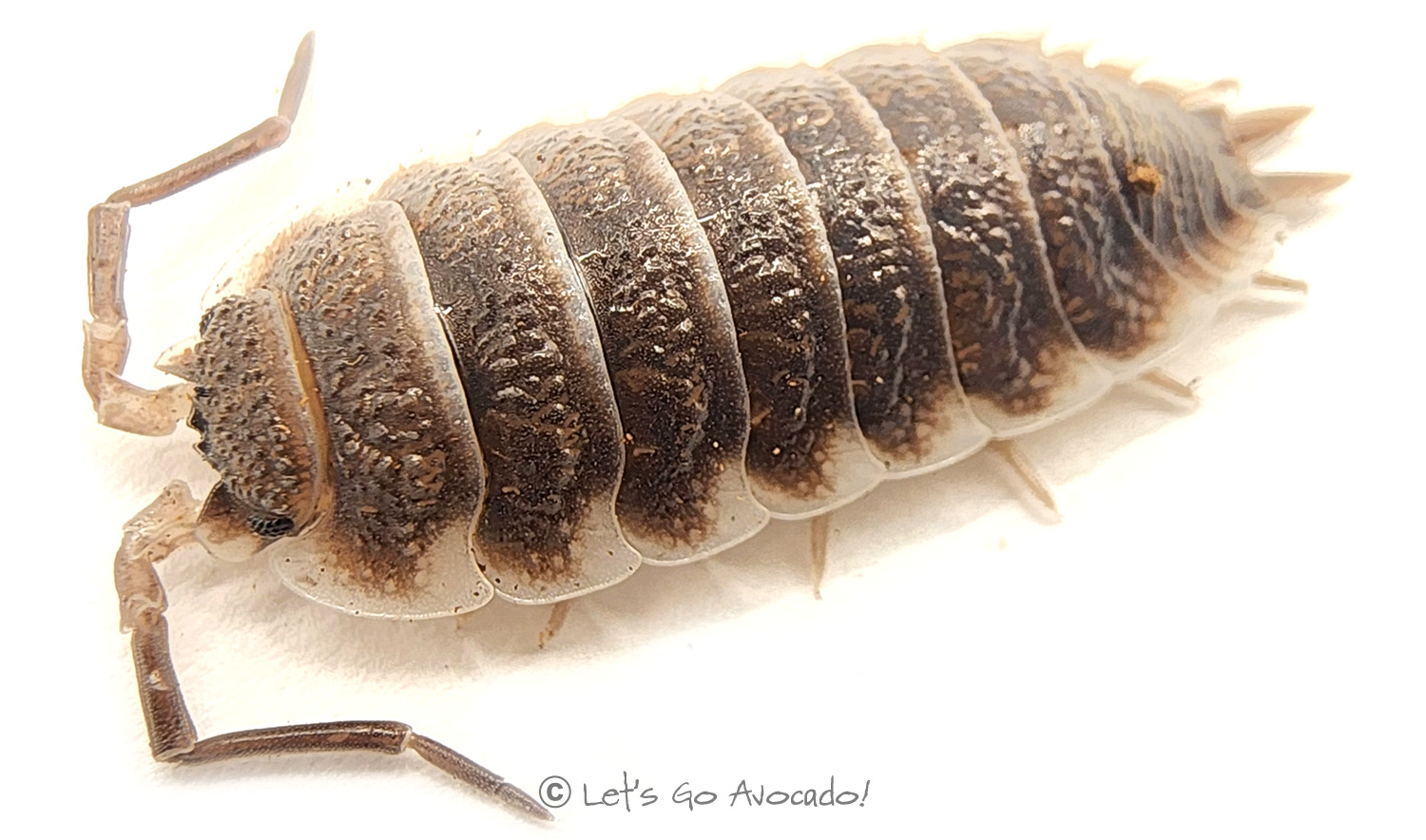

Titan Isopod
Spanish Porcellio
porcellio hoffmannseggi
This page may contain affiliate links.
Read our disclosure and privacy policy here.
These huge and remarkable isopodsAn isopod is a type of small creature that belongs to the crustacean family, just like crabs and lobsters. They have a special body shape with a hard outer shell, which protects their soft insides. Learn More are native to the Iberian Peninsula in southwestern Europe. With their compact body and robust limbs, they are skilled climbers and explorers of their habitat. Their distinctive coloration, ranging from shades of gray to brown, helps them blend seamlessly into their surroundings. Porcellio hoffmannseggi is a species that thrives in a variety of environments, from woodlands to gardens.
Titan Isopod

There’s a lot to explore right where we are, in our own neighborhoods and backyards! Join us while we get off the couch and explore the everyday wonders of nature, science, space, engineering, art, and anything else we stumble upon during on our adventures.







